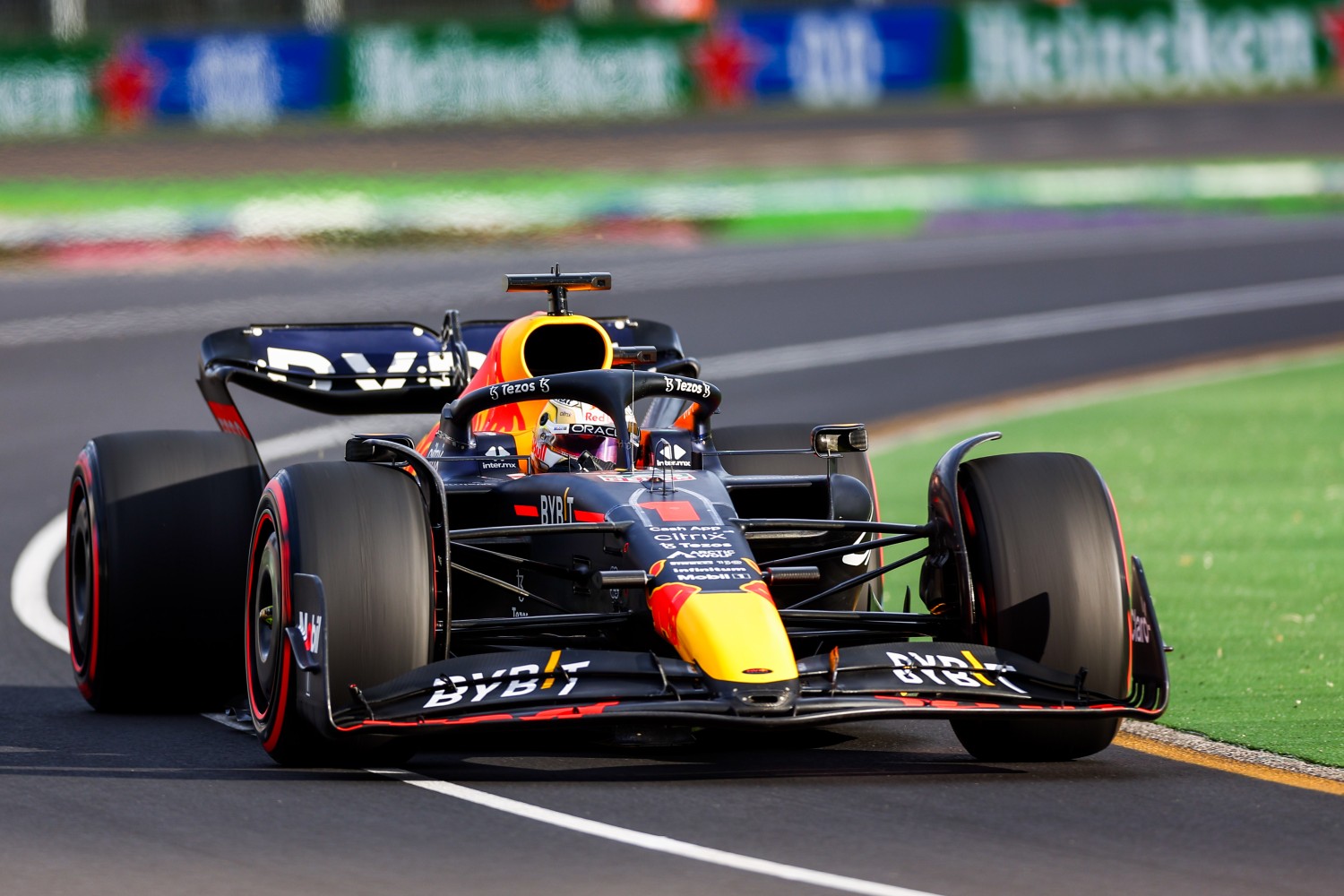F1: Red Bulls’ Guide To 2022 Aerodynamics
2022’s aerodynamic reboot made F1 cars look and behave very differently to their predecessors, with a view to producing closer racing, more potential to overtake and a wider choice of strategies. The changes have worked out very well… as explained in this story Written by Oracle Red Bull Racing
The 2021 Abu Dhabi Grand Prix marked the end of an aerodynamic era, sweeping away a philosophy of car design that had been evolving since at least 2009 – but arguable since 1983. Max Verstappen won the race (as you may remember), his 20th victory in Formula 1. Though it doesn’t particularly do the event justice, the record books will show that Max won from pole and, indeed, all of his victories up until that point had been from grid positions in the top four.
That isn’t a particularly unusual statistic for the era: races won from further back on the grid tended to be the product of unusual events: torrential rain; red flags; late-race Safety Cars. That this changed for 2022, Max winning races from pretty much anywhere on the grid and in unremarkable condition, is one example of the new regs doing what they’re supposed to do.
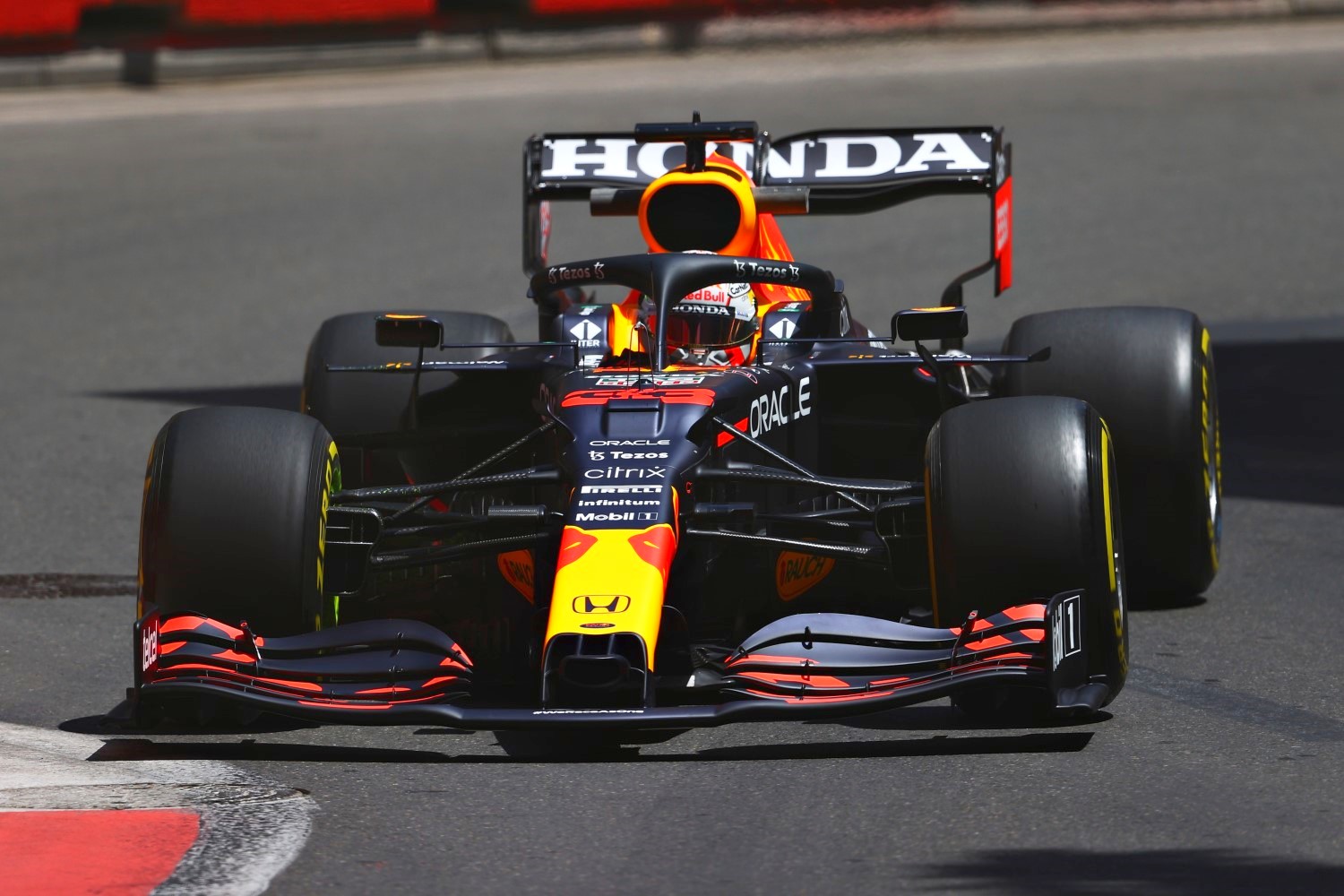
2021 vs 2022
Comparing the 2021 and 2022 Italian Grands Prix serves as a good example of the new regs in action. While never the hardest circuit on which to overtake, it has certainly become more difficult in recent years. 2021’s race featured 18 successful moves; 2022 had 48.
Perhaps a better indicator of change comes from comparing and contrasting Max’s fortunes in those two races. He started on pole in 2021, but lost the lead at the first corner to a rocket start from Daniel Ricciardo. The RB16B was quicker than Daniel’s McLaren – but simply couldn’t get close enough to make an overtaking attempt. For 22 laps – when Daniel made his pitstop – Max sat doggedly in his wake, usually less than a second behind, but unable to get any closer. In contrast, in 2022, starting P7, Max had no such difficulties, scything through the field, taking the lead on lap 12.
So, why couldn’t cars overtake before 2022?
We talk about cars running in clean air or dirty air. Clean air is what the car gets when there’s open road in front. The aerodynamic surfaces at the front of the car carve up that smooth airflow and use it to generate downforce: sucking the car down onto the surface of the track, allowing it to go around a corner quicker. Dirty air, in contrast, is what a car drives through when it’s following in the roiling wake of another. The aerodynamic surfaces work less well in that turbulent air generating less downforce. The closer they get to the car in front, the less downforce they produce: the numbers put on it by Formula 1 were a 35% reduction in downforce following at 20m, rising to 44% at 10m.
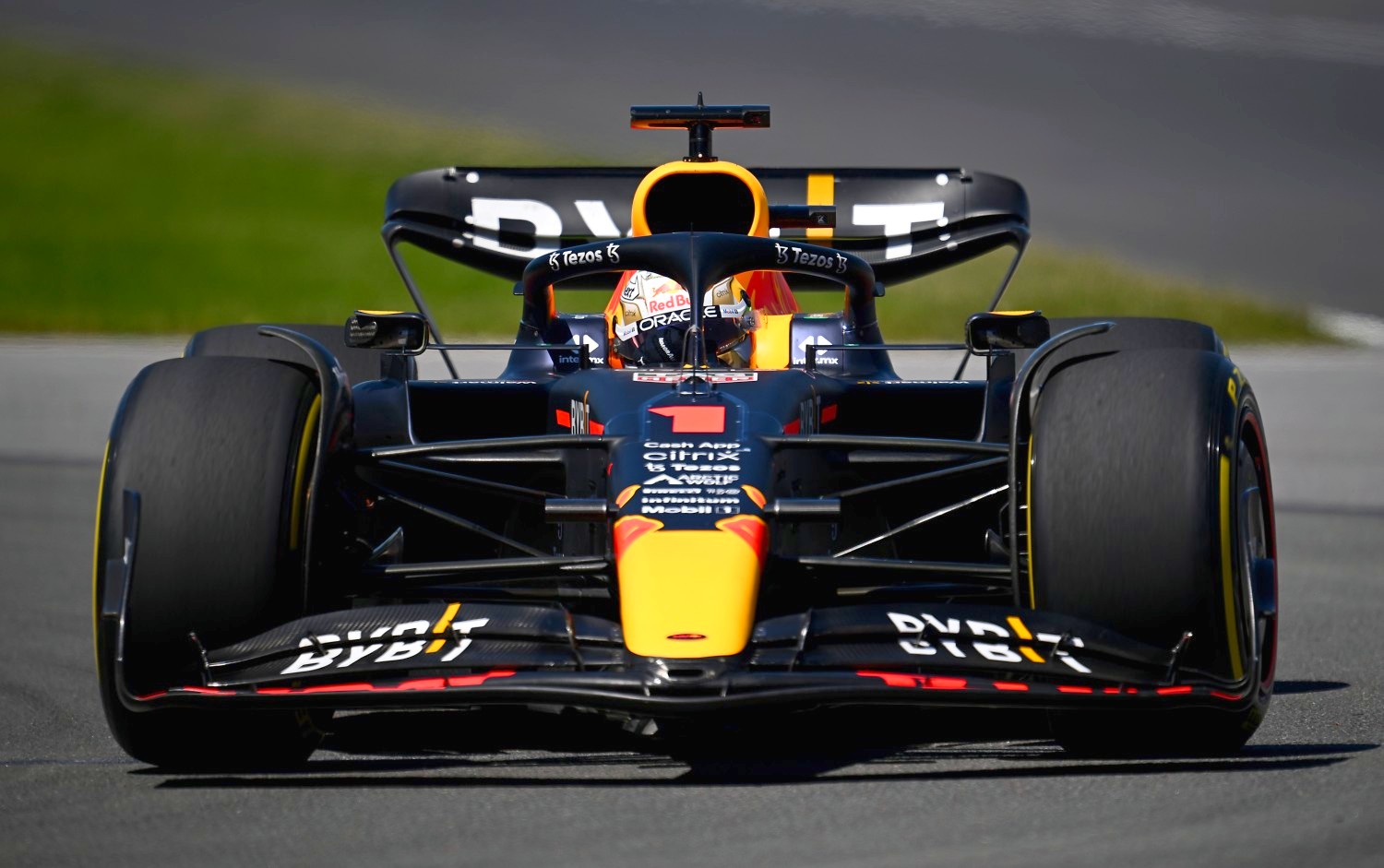
What’s the solution?
The 2022 regulations attempted to do two things: create cars that were less sensitive to a turbulent wake and generated less turbulence themselves. F1 cars have always generated a turbulent wake and driving in it has always been difficult – but in the last decade the problem has become much worse, with wakes getting wider, through a process known as ‘outwashing’.
While teams spend a lot of time and effort developing wings and bodywork to move airflow in the direction they want it to go, they can’t get around (in both the literal and metaphorical sense) the front wheels of their cars, the position and profile of which is outside their control. Outwashing was the attempt to take the disturbed air coming off the front end of the car, fling it out to the sides, and allow smoother air to infill, and work with the car’s floor, diffuser, bodywork and rear wing. The car generates more downforce – but at the cost of creating a wider, more disturbed wake.
The Front End
The new regs, in contrast, prevent this out-washing. Front wings have been simplified with fewer elements and less freedom for the teams to manipulate them (which also makes them somewhat less sensitive). Brake ducts (which, alongside channelling airflow for brake cooling, did a lot of aerodynamic work) have more stringent limits, wheel covers have been reintroduced, and a new fairing is now perched above the front wheels (it’s usually called an ‘eyebrow’ winglet). Deflectors – also known as barge boards – have been banned. These are – or were – a sequence of planes and fins sitting behind the front wheels and in front of the sidepods, moving air in advantageous ways. This results in a much narrower wake.
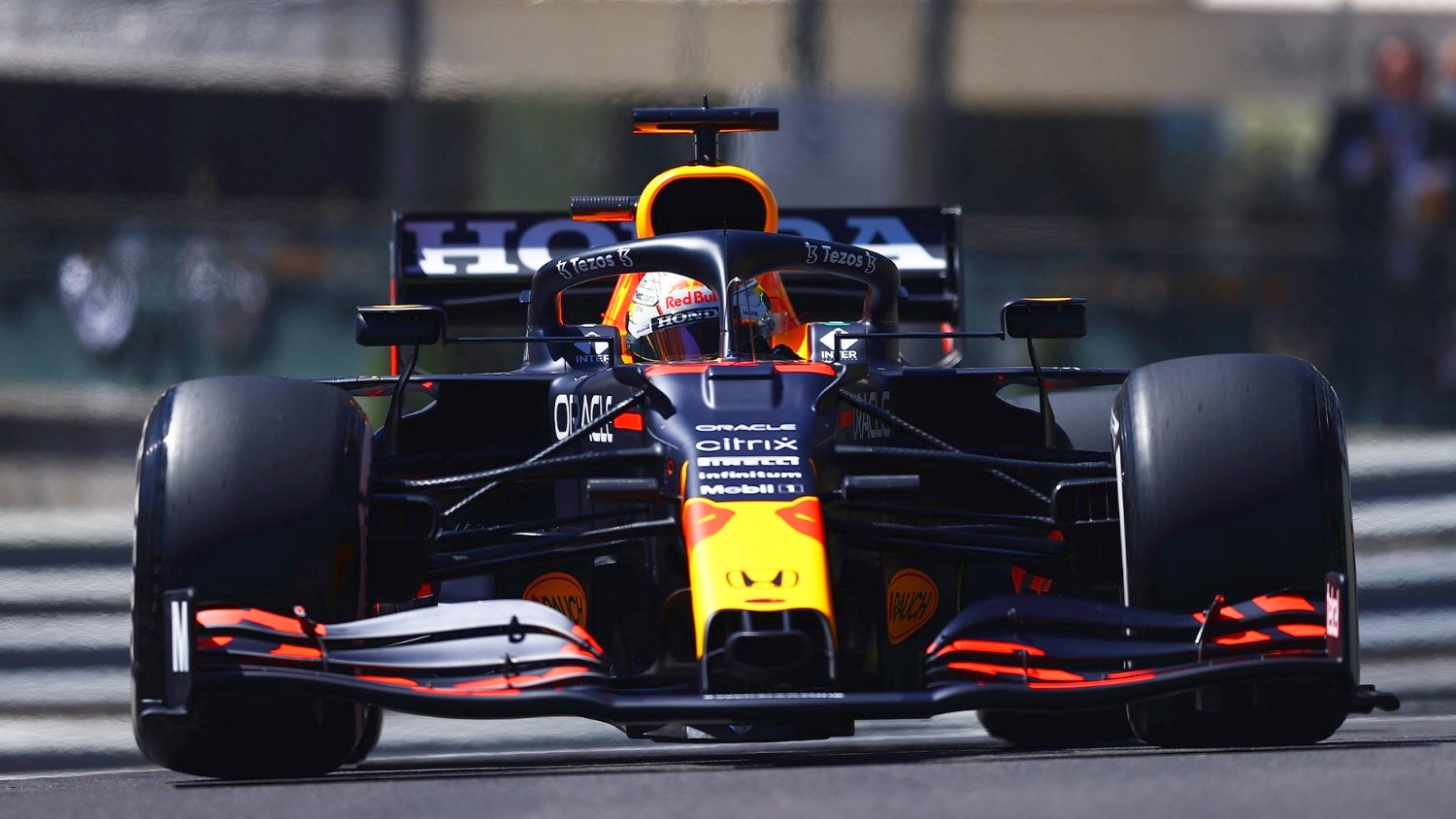
The Rear Wing
A narrow wake is still problematic, but the distinctive shape of the rear wing is designed to mitigate the problem by directing the disturbed air up and over a following car.
The most distinctive thing about the new rear wing is the molded shape, lacking the sharp end plates that created a fierce series of turbulent vortices. Instead, the new shape sweeps inwards and, working with a beam wing and diffuser below it, funnels air into a narrower channel to fling it up into a plume, allowing the following car to get the benefit of smoother airflow that infills behind the car.
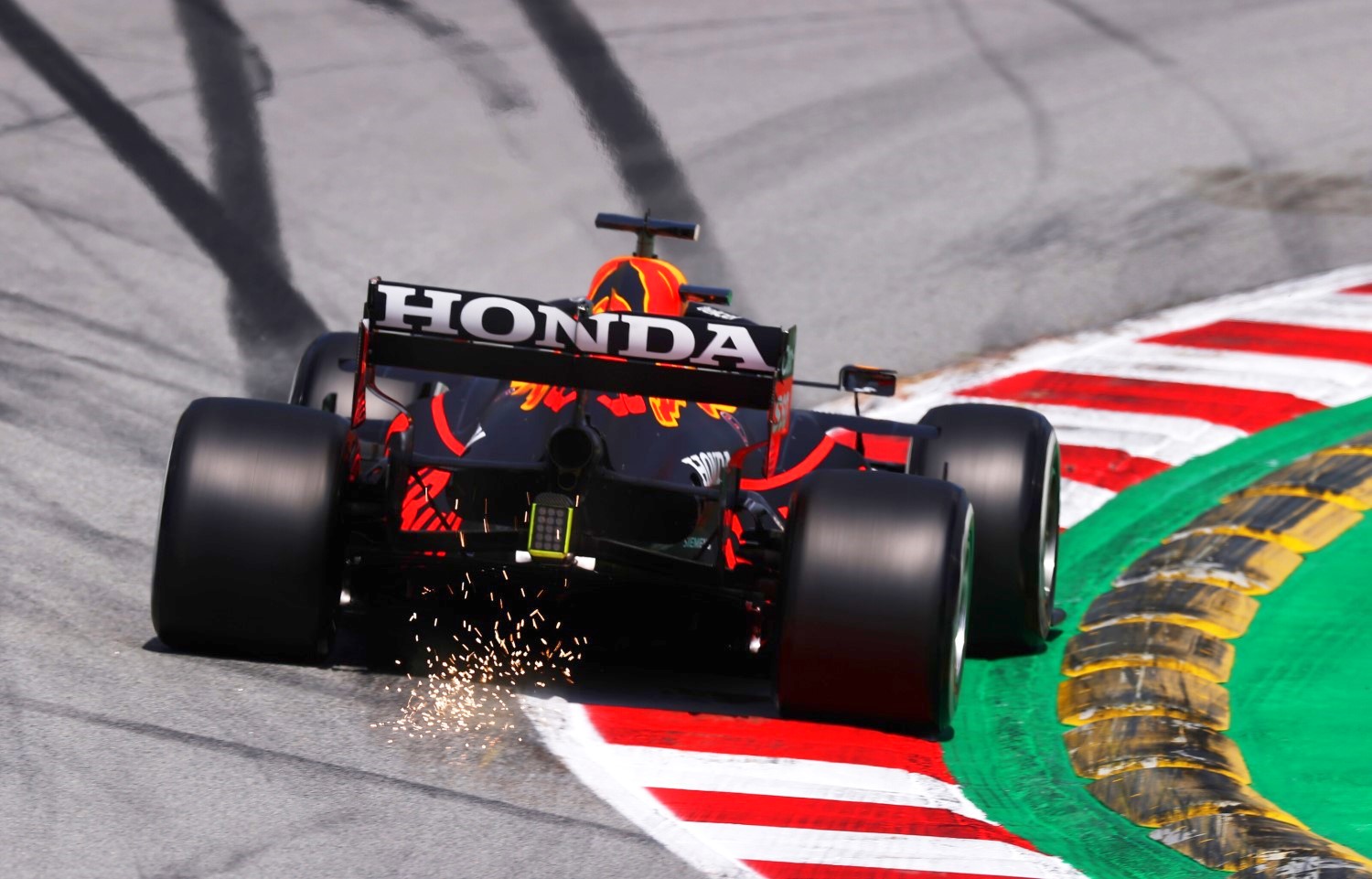
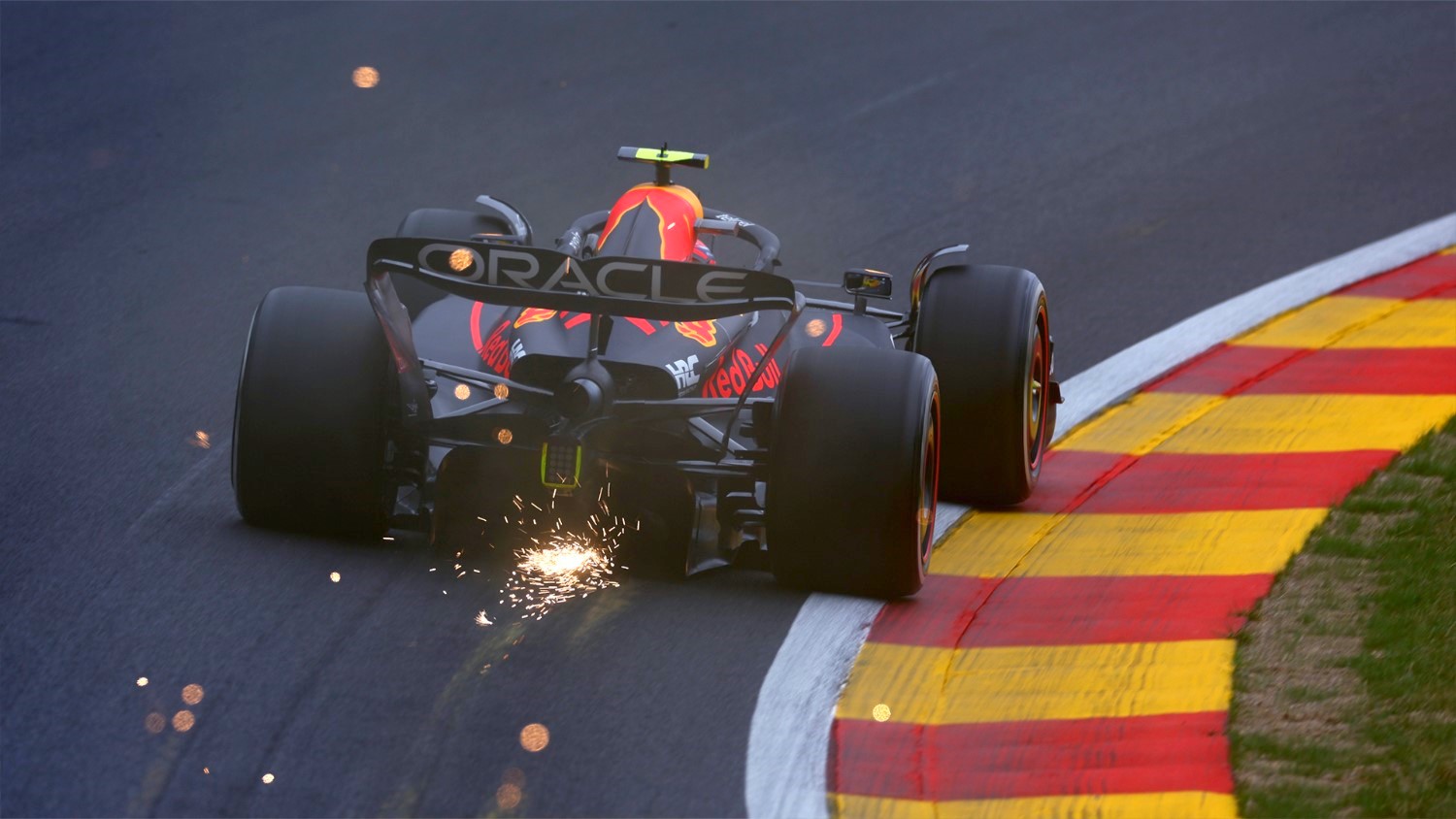
The Floor
The old shape of cars didn’t generate their wide, turbulent wake deliberately – it was more of a happy accident in the quest for ever-more downforce. And naturally, by changing and/or deleting those aerodynamic components, the car becomes less effective at generating downforce (and thus much slower around a lap). To compensate for this, F1 went back to the ‘ground effect’ concept it abandoned in the early 1980s by shaping the underside of the car.
Downforce works like lift – but in reverse – using a pressure differential to generate the desired force. In this case, low pressure below the car, high pressure above it, sucks the car down to the ground. Replacing the flat floor that’s been in use since 1983, the new cars feature two sculpted channels running down either side of the floor.

The two channels in the new floors are designed to funnel and accelerate airflow, creating a low-pressure zone. They’re called Venturi tunnels (they take advantage of the ‘Venturi Effect’ in which fluid flowing through a constricted section of pipe will have reduced pressure) and have the characteristic hourglass Venturi shape of a wide opening, a narrow, constricted center section, and a wide exit.
The tunnels start at the front of the sidepods – roughly level with the front of the cockpit opening – and have a series of ‘fences’ (upright turning vanes) which help drag air in. The rear of the car, which features a much larger diffuser (the space in which the underfloor airflow expands) than the previous model, ramps these tunnels upwards, and with the help of another series of fences, and a beam wing (level with the top of the wheels) throws most of the airflow high above the track.
The result is a car that looks very different, with a different underlying philosophy, and yet is comparable on pace with what went before. It makes overtaking easier – but not too easy – making grid position less important and allowing teams to get creative with a wider variety of strategies and a willingness to do more pitstops. It’s achieved the goal of making races more varied and interesting.
